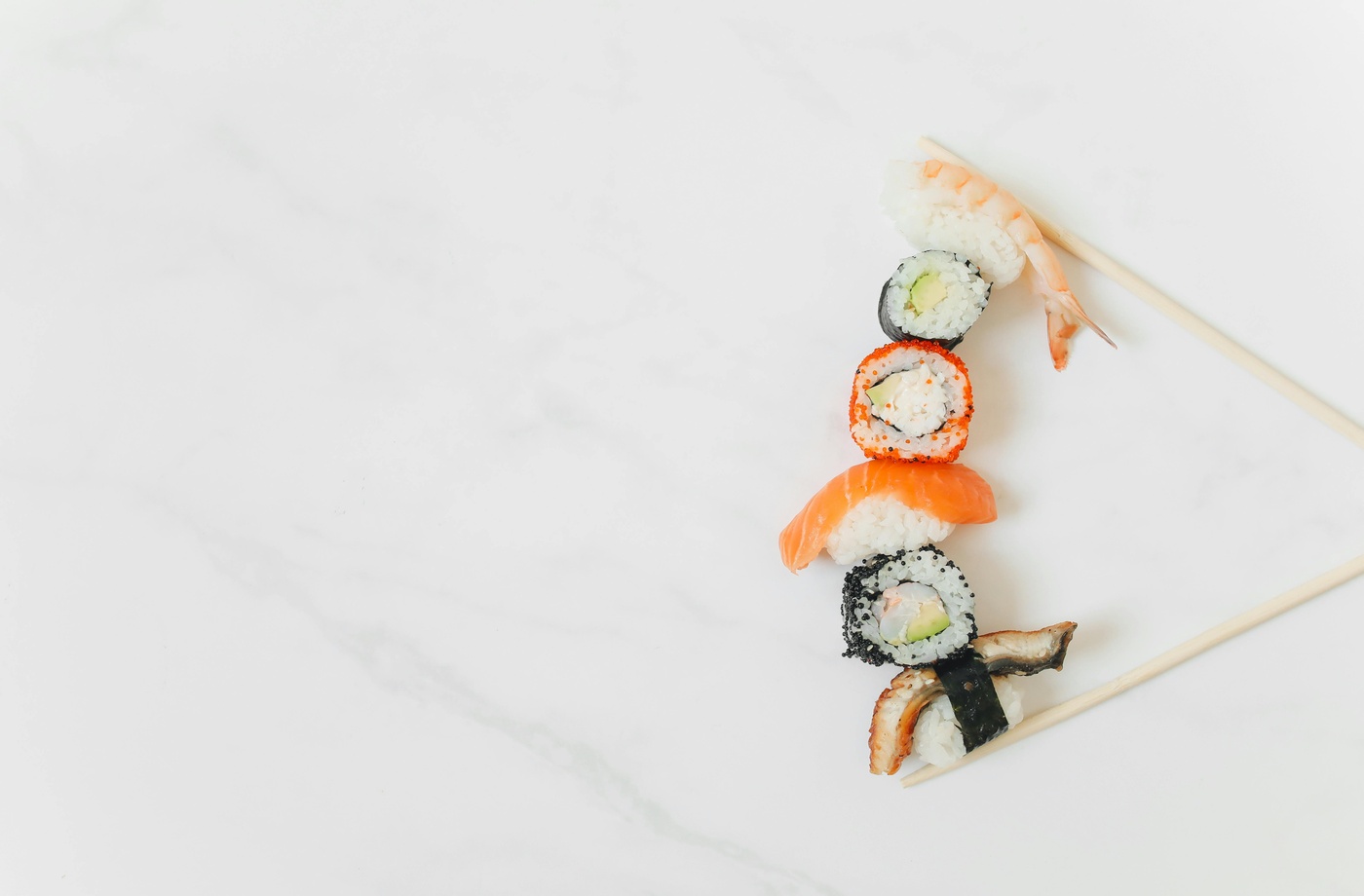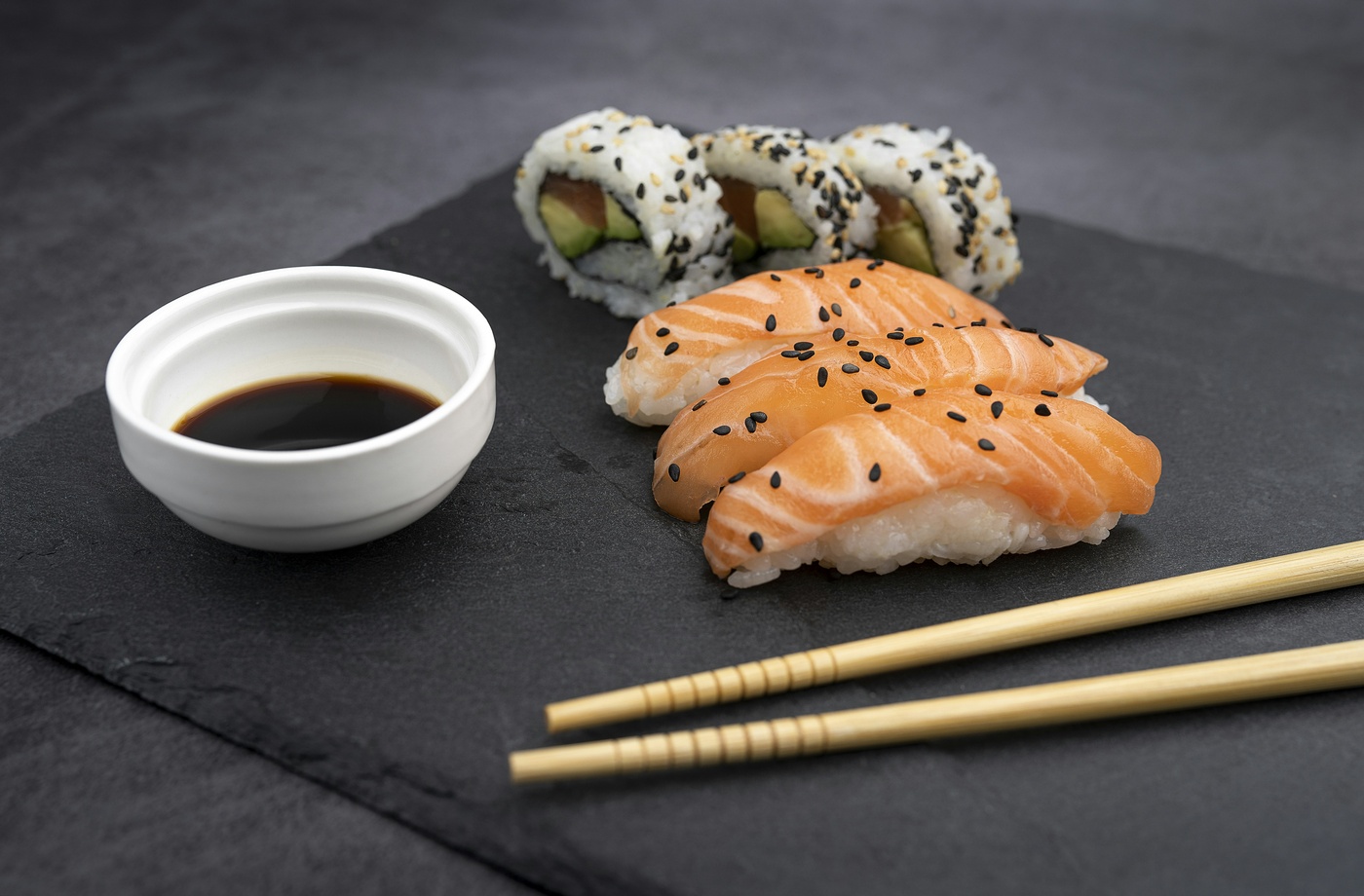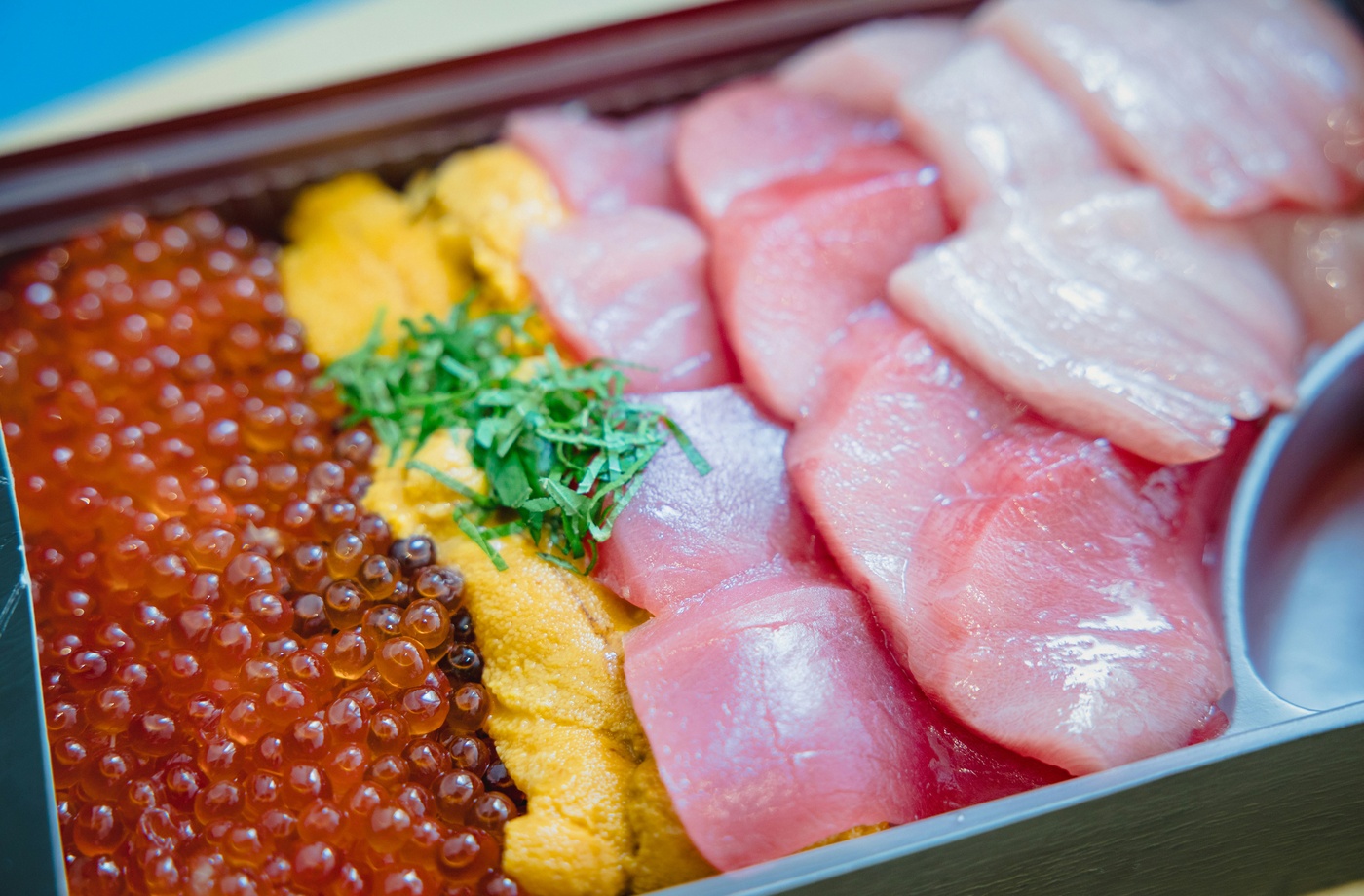Kaiseki is not simply a form of fine dining—it is an immersive expression of Japan’s cultural identity. Rooted in tradition and ritual, kaiseki is the highest form of Japanese cuisine, known for its seasonal reverence, precise pacing, and artistic presentation. Each meal tells a story, reflecting the time of year, the natural landscape, and the chef’s personal philosophy. It is food as ceremony—graceful, restrained, and deeply intentional.
Originating from the Zen practice of serving small, seasonal dishes alongside tea, modern kaiseki evolved into a full multi-course dining experience. Today, it remains a cultural cornerstone in Kyoto and across Japan. As explained by the Kyoto Cuisine Association, every component of kaiseki—from the ingredients and flavors to the plating and dishware—is selected with seasonal alignment in mind. It is less about indulgence and more about balance and transience.
A typical kaiseki meal includes a progression of dishes that follow a traditional format:
- Sakizuke (an appetizer to stimulate the palate)
- Mukozuke (a sashimi course)
- Takiawase (vegetables and proteins cooked separately and combined)
- Futamono (a lidded soup)
- Yakimono (grilled seasonal item)
- Hassun (a reflection of mountain and sea)
- Shokuji (rice, miso soup, and pickles)
- Mizumono (seasonal dessert)
Each course is served in harmony with natural flow and visual rhythm. Time is given to appreciate textures, aromas, and the handmade ceramics in which the food is presented. Even the tableware changes throughout the meal to mirror seasonal motifs—spring blossoms, summer waves, autumn leaves, or winter snow.
Timing and silence also matter. Dishes arrive one by one with minimal interruption, giving guests the space to reflect and connect with the meal. It is not uncommon for chefs to personally present each dish, offering a few words on the origin of an ingredient or the meaning behind a garnish. As The Japan Food Guide emphasizes, kaiseki is as much about how the food is delivered as it is what is served.
Modern kaiseki has seen subtle innovation, with chefs experimenting within the format while maintaining its core principles. Some incorporate global techniques or rare regional ingredients, but the essence remains: seasonality, precision, and humility.
For travelers to Kyoto, reservations at places like Gion Maruyama, Kikunoi, or Hyotei offer an authentic glimpse into this culinary art form. These restaurants uphold centuries of tradition while continuing to evolve the kaiseki experience for today’s refined diner.
Kaiseki is a reminder that dining can be a form of meditation. It invites presence, celebrates impermanence, and leaves a lasting impression—long after the final bowl of tea is served.



